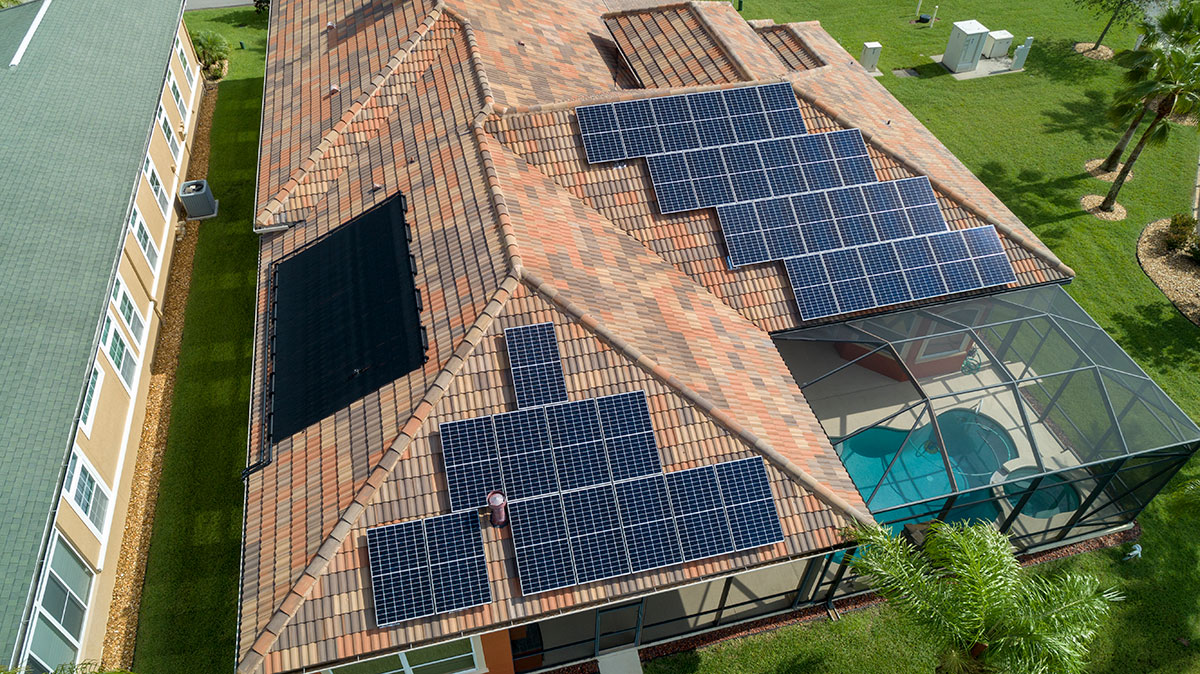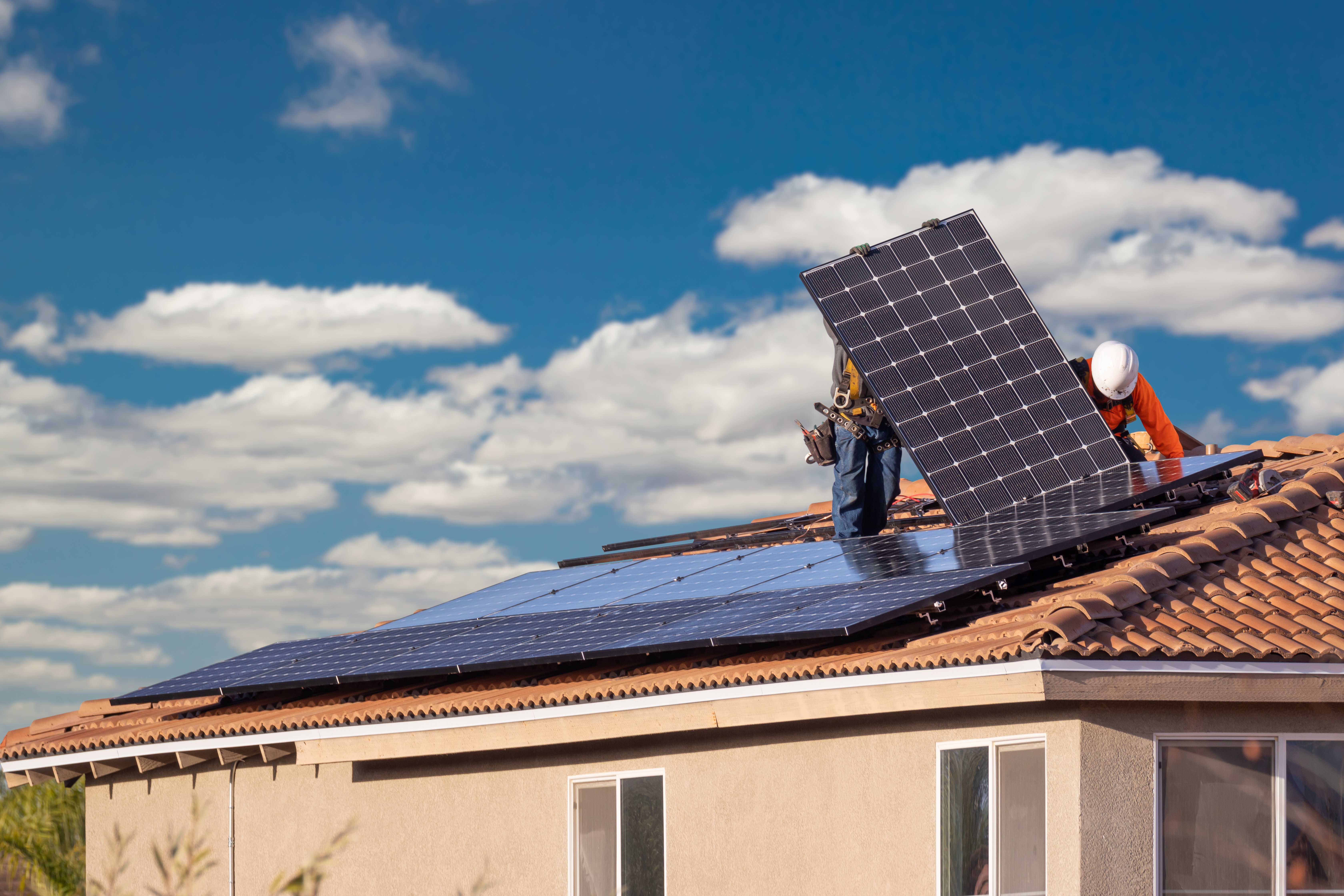SOLAR BASICS
UNDERSTANDING THE TYPES OF SOLAR SYSTEMS

There are two types of solar collector technologies available:
- Solar Thermal Energy (STE) uses include solar pool heating and solar hot water heating. Solar thermal energy systems typically have a single application (i.e. pool heating).
- Photovoltaic Solar (PV) converts sunlight into electricity for any household or commercial building.
Solar Thermal Energy (STE)
Solar thermal energy is the most widely used and is the oldest type of solar system. Its typical applications are for solar pool heating and hot water heating systems.
Types of Thermal Solar Collectors or Solar Panels
There are three different types of solar panels used in thermal collection:
-
Flat Plate Collector - Also known as solar hot water panels. This is the oldest solar technology and still the most widely used. It is used for solar hot water systems, pool heating and large scale utility electricity production. Flat plate panels work very well in the Florida climate and are cost effective. They consist of
-
A dark flat plate absorber plate for the collection of the sun's heat a transparent cover that allows the heat to pass through, but does not allow energy to escape
-
Heat transfer fluid- usually water, antifreeze or air
-
Panel insulation- Collectors with insulation are known as Glazed Flat Plate Collectors. Those without the insulation are known as Unglazed Solar Collectors.
-
-
Unglazed flat plate collector - This type of solar panel is used almost exclusively for heating swimming pools and some active solar water heating systems. Since there is no need for insulation or glazing there is no panel enclosure. These are typically the least expensive panels but have some impressive benefits including a high surface absorption and optimal tube spacing.
-
Evacuated Tube Collectors - Usually an option more suited for colder climates as they work better where the weather is cooler over long periods of time. While this is a more modern solar technology, flat plate collectors are more widely sold. Evacuated tube collectors are more expensive but are an excellent option for active hot water solar systems.
-
Evacuated Tube collectors are made up of several absorber plates coupled with an absorber coating and then each plate is covered by a glass tube (usually made with borosilicate glass). The vacuum created between the absorber plates and the glass tube dramatically reduce heat loss compared to their flat plate collectors and can create higher fluid temperatures.
-
-
Air - Used in preheating systems and to heat air directly for space heating.
PHOTOVOLTAIC (PV) SOLAR
A photovoltaic system actually produces electricity for any electrical use, from powering appliances to running an air conditioning unit. A Photovoltaic solar system will allow a home or building to produce electricity for its own consumption and in some cases sell it back to a utility company ( see Grid Tied Photovoltaic System). Simply stated photovoltaic power systems convert the sun's energy into electricity.
Having a photovoltaic solar system on a home or building will reduce the cost of electricity significantly. It is the most ambitious energy solution for a single building or home.
